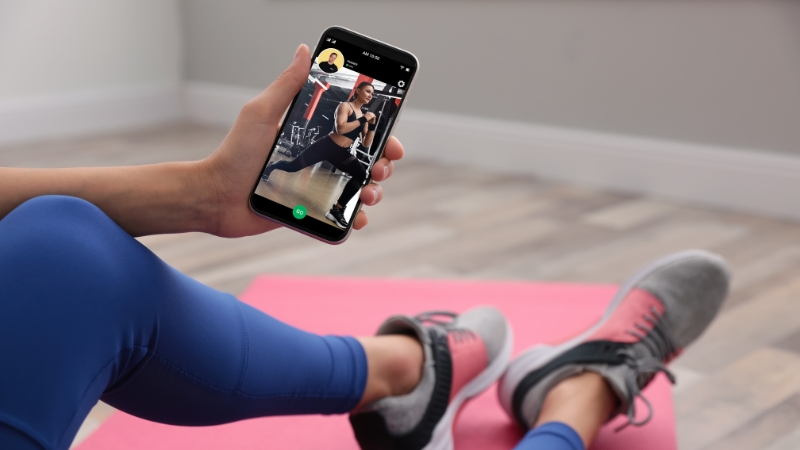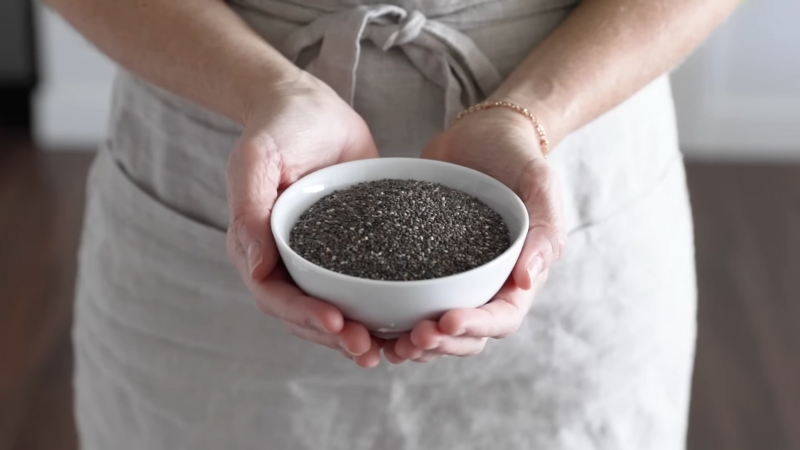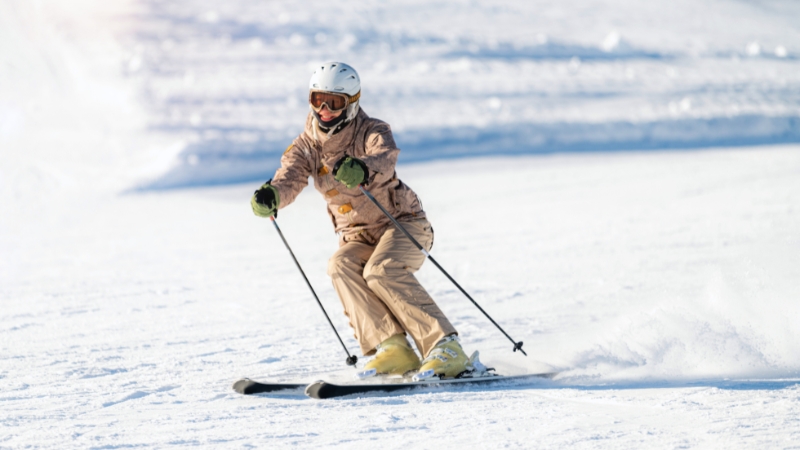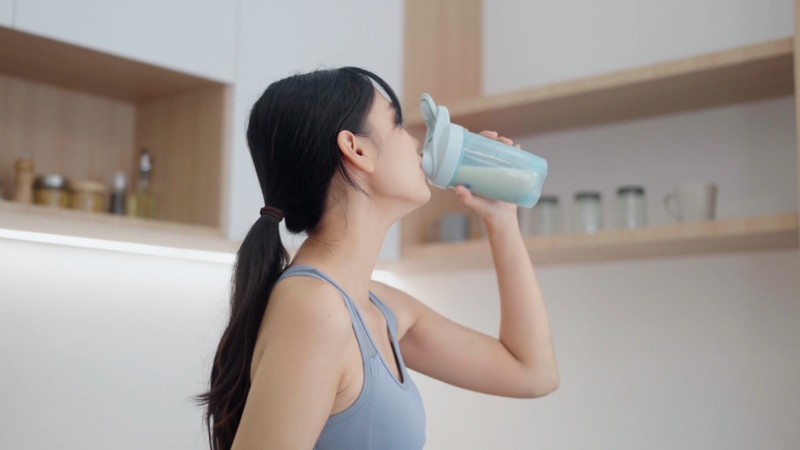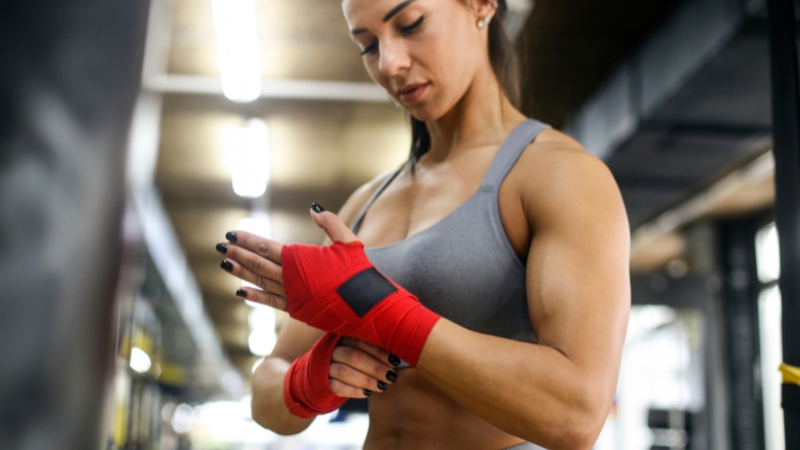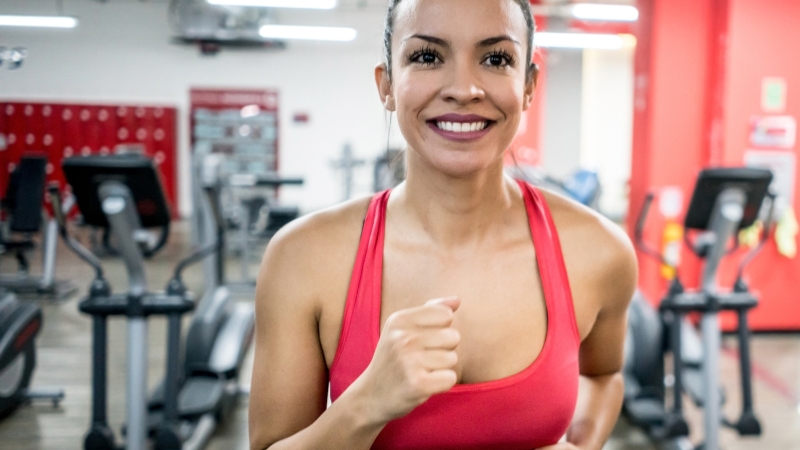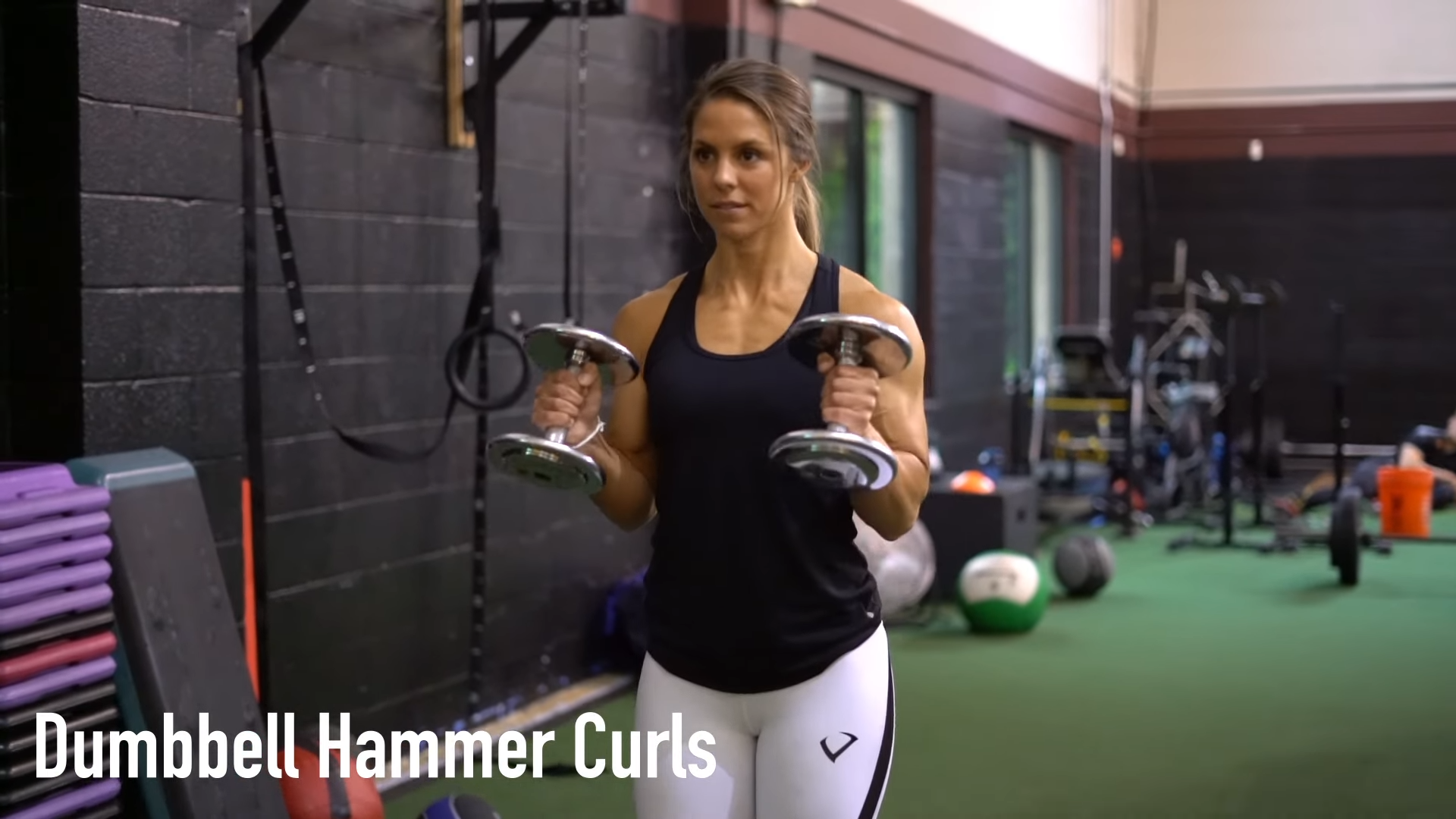
Share Post:
Bicep workouts have long been a hallmark of any solid arm routine. Walk into any gym, and you’ll undoubtedly see a few people working to get those enviable “boulder biceps.” But when it comes to building bicep strength and size, two exercises often come up for comparison: hammer curls and bicep curls.
They might look similar, but they target different muscles, offer varying benefits, and even have unique roles depending on your fitness goals. So, the big question: which one is better for you?
Table of Contents
ToggleThe Basics of Hammer Curls
First up, hammer curls. At first glance, they might just look like another variation of the classic bicep curl, but there’s a key difference: the grip.
How to Perform the Exercise
Hammer curls are performed by holding dumbbells with a neutral grip, meaning your palms face each other throughout the entire motion. This simple change in grip angle shifts the focus away from solely targeting the biceps and engages more of the forearms and brachialis (a lesser-known muscle that lies beneath the biceps).
Proper Form
- Stand tall with your feet shoulder-width apart, holding a dumbbell in each hand with a neutral grip.
- Keep your elbows close to your sides and your upper arms stationary.
- Curl the dumbbells up towards your shoulders by bending at the elbow.
- Squeeze at the top of the movement, then slowly lower the weights back to the starting position.
How to Perform Bicep Curls
In a traditional bicep curl, the dumbbells (or barbell) are held with a supinated grip—palms facing upward. This grip is crucial because it isolates the biceps brachii, allowing you to focus on growing and strengthening the most prominent part of your upper arm.
Form Breakdown
- Stand with your feet hip-width apart and hold a dumbbell in each hand, palms facing forward.
- Keep your elbows tucked close to your torso and your upper arms still.
- Curl the dumbbells up toward your shoulders while contracting your biceps.
- Pause and squeeze at the top, then lower the weights slowly back down to the starting position.
Which Muscles Are Worked?
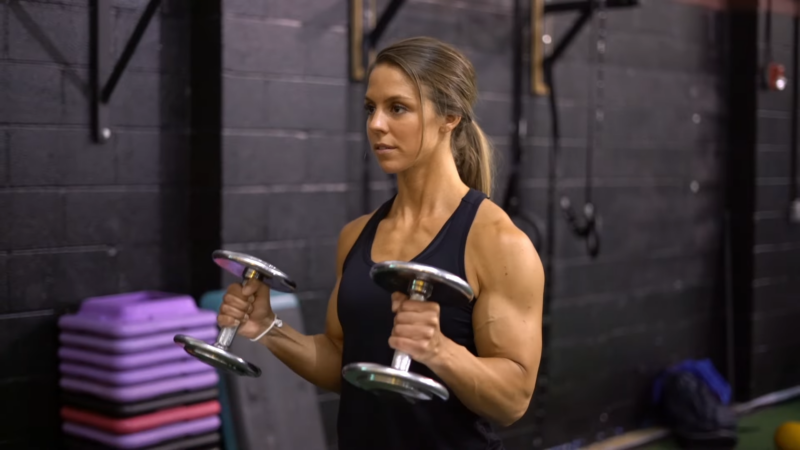
Both hammer curls and bicep curls are excellent arm exercises, but they each target slightly different muscles.
Hammer Curls
| Muscle | Description |
| Brachialis | Main muscle targeted, located underneath the biceps; adds width and thickness to the arms. |
| Biceps Brachii | Secondary muscle involved, providing support to the brachialis; contributes to arm movement. |
| Brachioradialis | Forearm muscle that assists in arm movements, helping to define the forearms. |
| Forearm Muscles | Several muscles in the forearm are engaged, improving grip strength and overall forearm development. |
Bicep Curls
| Muscle | Description |
| Biceps Brachii | Primary muscle targeted; isolates both heads of the biceps, helping to build the “peak” appearance. |
| Brachialis | Assists in the movement, but less emphasized compared to hammer curls. |
| Forearm Muscles | Forearms are involved, but less than in hammer curls, with the focus mainly on bicep engagement. |
Common Mistakes to Avoid
Whether you’re doing hammer curls or bicep curls, proper form is key to maximizing results and avoiding injury. Watch out for these mistakes:
1. Using Momentum
Swinging your body or using momentum to lift the weights takes the tension off your muscles and increases your risk of injury. Focus on controlled, slow reps to make each rep count.
2. Neglecting Full Range of Motion
Half-repping reduces the effectiveness of both exercises. Make sure you’re lowering the weights all the way down and curling them up fully for maximum muscle engagement.
3. Elbows Moving
Your elbows should stay close to your sides and stationary. If your elbows drift forward or backward, you’re letting other muscles, like the shoulders, do too much of the work.
4. Going Too Heavy
Lifting too much weight can lead to poor form and reduced muscle activation. Start with a weight that allows you to perform each rep with strict control.
Choose Hammer Curls if:
- You want to build overall arm thickness and size by targeting the brachialis and forearms.
- You’re aiming to improve your grip strength or forearm development.
- You experience wrist pain during regular curls and need a more comfortable variation.
- You’re looking to build more functional strength.
[/su_note]
Choose Bicep Curls if:
- Your goal is to maximize bicep size and create that prominent peak.
- You want to isolate the biceps for a more focused muscle workout.
- You’re working on strength gains specifically for the biceps.
- You enjoy variety and prefer exercises that can be easily customized with different equipment or grips.
[/su_note]
In an ideal world, you don’t have to choose between the two. Incorporating both into your routine ensures you’re developing well-rounded arm strength and aesthetics. For the best results, consider alternating between them or even combining them in the same workout!
In Summary
When it comes to hammer curls vs. bicep curls, there’s no clear winner—because both are champions in their own right. Each exercise has its strengths and targets different aspects of your arm’s muscle development.[/su_note]
Ultimately, the best workout is one that balances both. By mixing hammer curls and bicep curls into your routine, you’ll build arms that not only look great but are functionally strong.
Related Posts:
- Split Squats vs. Lunges - Which is Better for You?
- Incline Hammer Curls 101 - Learn The Proper Form & Tricks
- How Seated Hammer Curls Can Improve Your Arm Strength
- 10 Benefits of Adding Cable Hammer Curls to Your Workout
- Cardio vs. Yoga - Which is Better for Mental Health…
- Pilates vs. Yoga - Which is Better for Your Fitness Goals?



